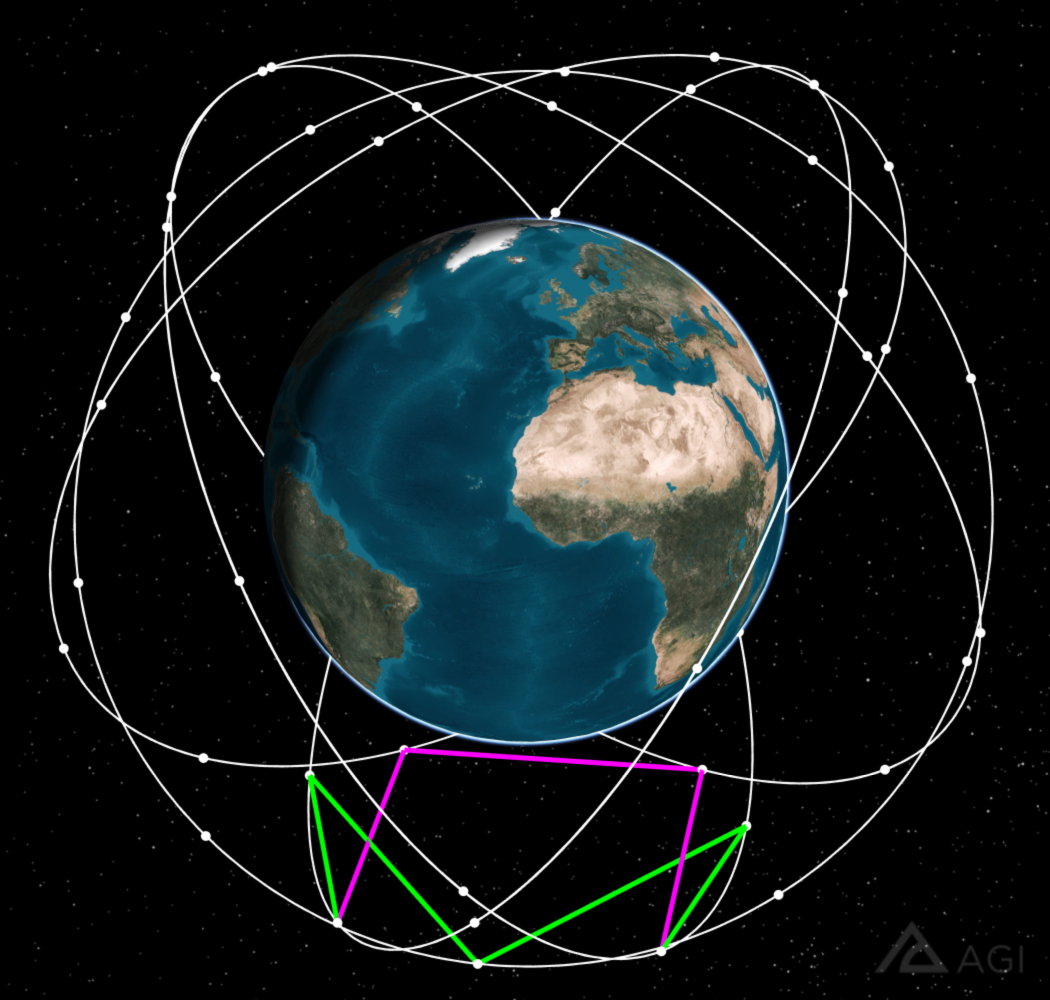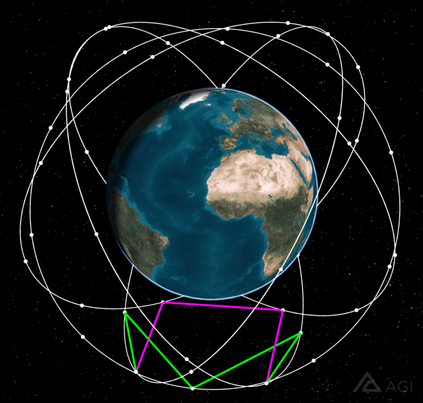The design and launch of large-scale satellite networks create an imminent demand for efficient and delay-minimising routing methods. With the rising number of satellites in such constellations, pre-computing all shortest routes between all satellites and for all times becomes more and more infeasible due to space and time limitations. Even though distributed on-demand routing methods were developed for specific LEO satellite network configurations, they are not suited for increasingly popular mega-constellations based on Walker Delta formations. The contributions of this paper are twofold. First, we introduce a formal model that mathematically captures the time-evolving locations of satellites in a Walker Delta constellation and use it to establish a formula to compute the minimum number of ISL hops between two given satellites. In the second part, we present an on-demand hop-count-based routing algorithm that approximates the optimal path while achieving superior performance compared to classical shortest-path algorithms like Dijkstra.
翻译:大型卫星网络的设计和发射产生了对高效和延迟最小化路径方法的紧迫需求。 随着这些星座卫星数量的不断增加,由于空间和时间的限制,在所有卫星之间和所有时间之间预先计算所有最短路线变得越来越不可行。尽管为具体的低地轨道卫星网络配置开发了按需分配的路径方法,但它们并不适合基于沃克三角洲构造的日益流行的巨型星系。本文的贡献是双重的。首先,我们引入了一种正式模型,从数学上捕捉了Walker Delta星座中卫星的时间变化位置,并用它建立一个公式来计算两个特定卫星之间的最低运行次数。在第二部分,我们介绍了一种按需随机计算路径的算法,它与最优路径相近,而与像Dijkstra这样的经典最短路径算法相比,其性能更优。




